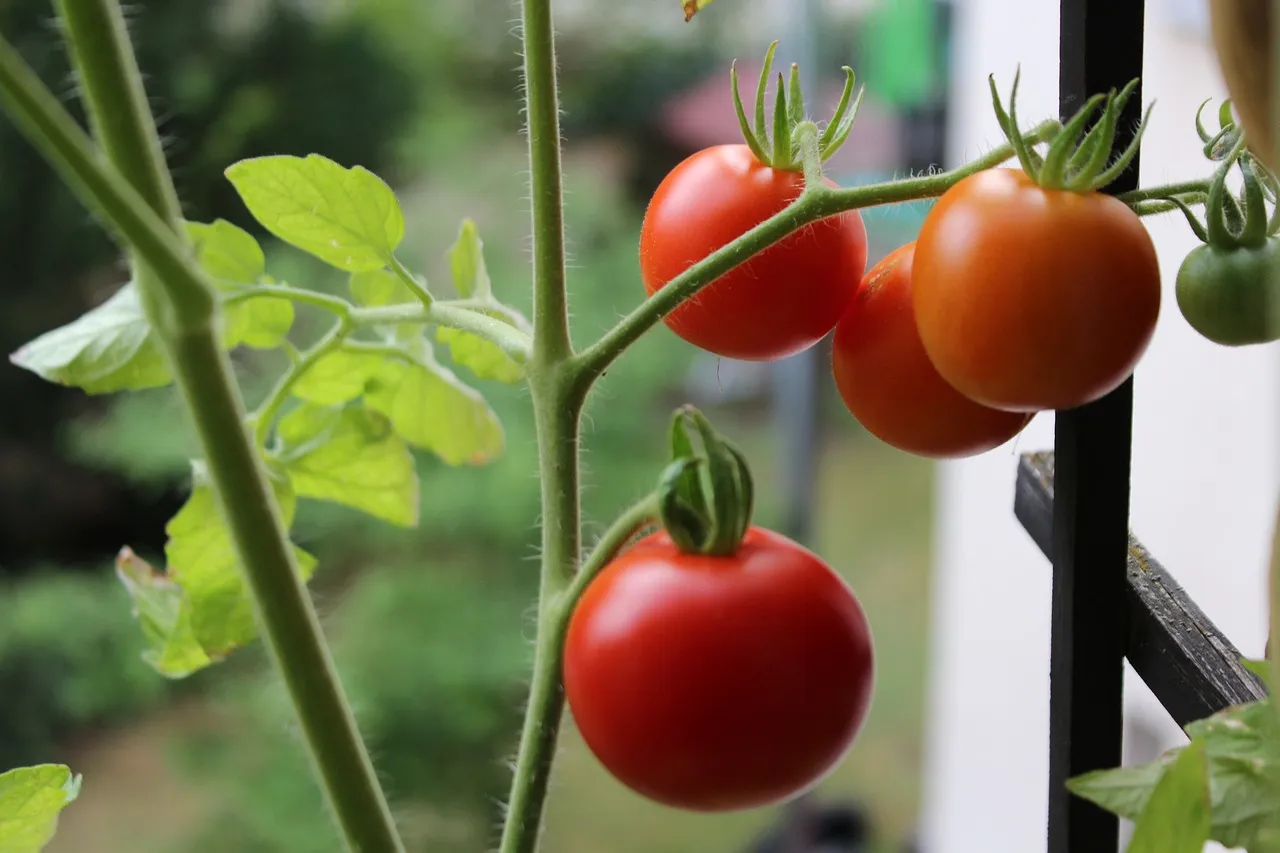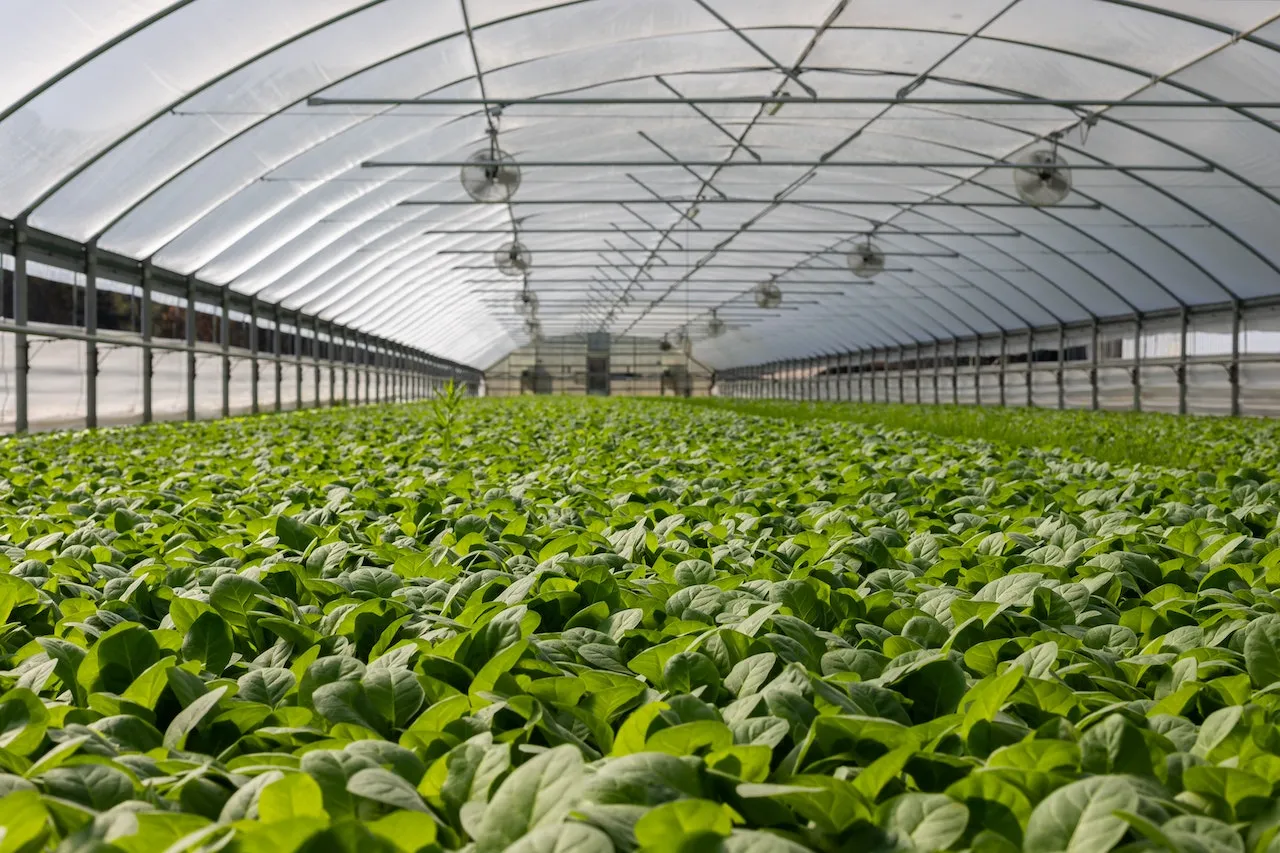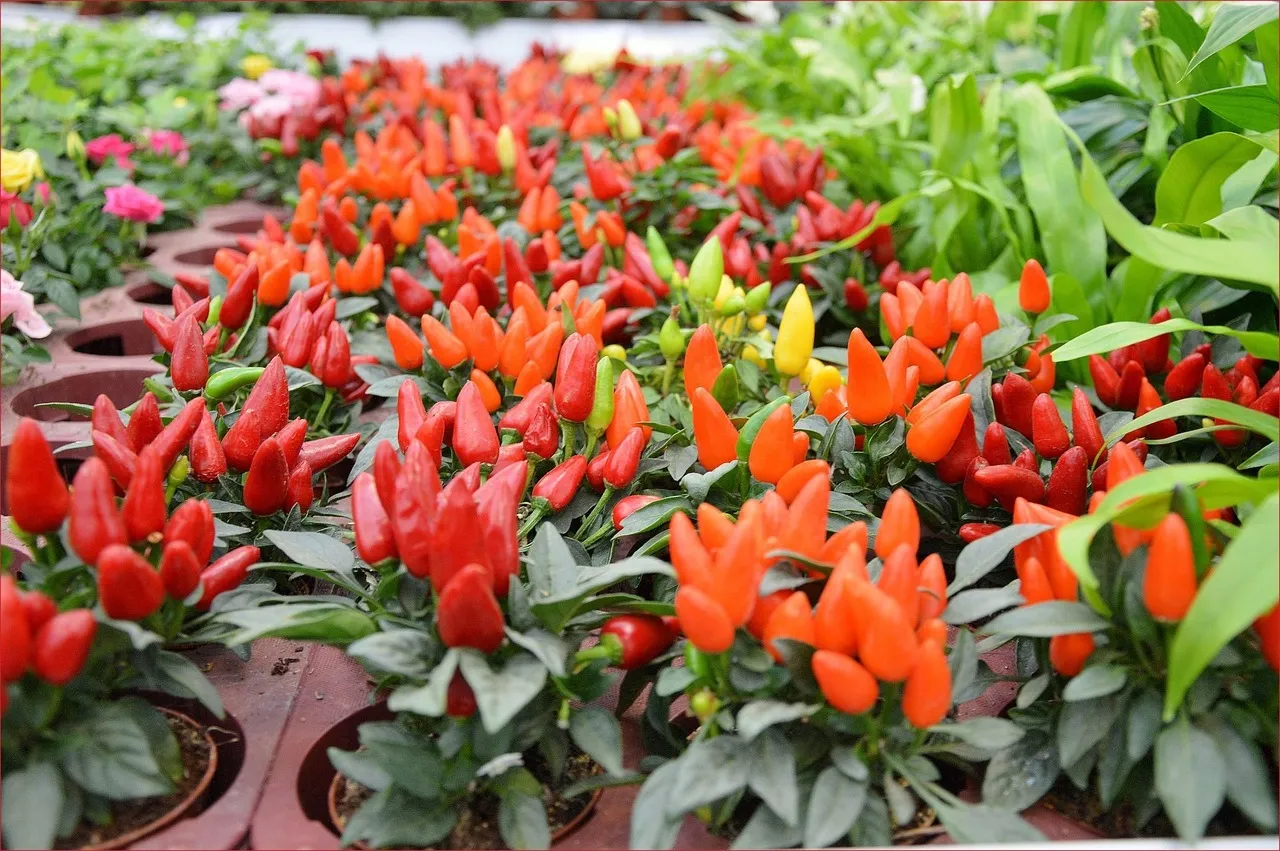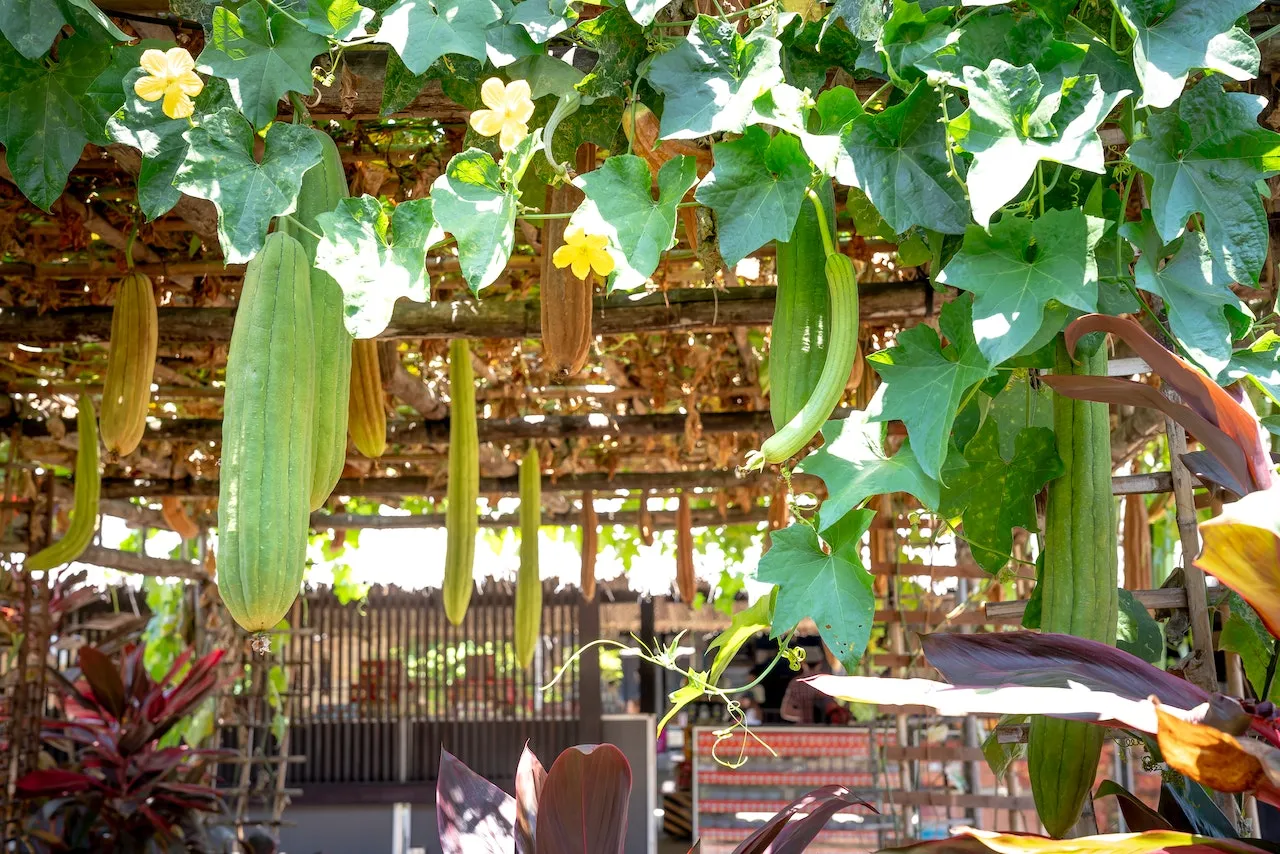Indoor gardening allows people with little outside area to get the benefits of growing their own veggies, herbs, and other plants. Anyone, with the correct equipment and understanding, can grow a beautiful and productive indoor garden. There are numerous factors to consider while planning and maintaining an indoor garden, ranging from plant selection to insect control. You can construct a thriving indoor garden that will offer you with delicious and healthful vegetables with a little research and practice. The first step in indoor gardening is deciding which plants you want to grow. With the proper conditions and care, herbs, vegetables, and some flowers can all be produced indoors.
Benefits of Growing Vegetables Indoors
Growing veggies indoors has many of advantages. First and foremost, it allows those without outside space to reap the benefits of gardening. It’s also an excellent technique to obtain fresh, nutritious produce while avoiding pests and adverse weather conditions. It can also be a relaxing and fun activity that can be done at any time of year. Another most significant advantages of growing vegetables inside is that it removes the need for pesticides and other potentially dangerous chemicals. When one cultivate it’s own vegetables inside, one can be certain that the produce you harvest is free of toxins.
You also don’t have to worry about weeds or soil-borne diseases because the plants are cultivated in containers. Indoor gardening also has the benefit of convenience. You can quickly adapt the climate to meet the needs of your plants, and you don’t have to be concerned about seasonal changes or weather conditions. Furthermore, because the plants are in pots, they may be moved around to take advantage of the ideal light and temperature conditions. Growing veggies inside is also an excellent method to teach youngsters about nature and the value of good nutrition. Children can learn the fundamentals of gardening and participate in the process of watching their veggies grow.
One can enjoy the fruits of the labor when one harvest and eat own vegetables. Finally, growing veggies indoors can be a cost-effective method of saving money. Not only will you save on the cost of purchasing organic produce from the store, but you can also save on the cost of seeds and fertilizer. Plus, you won’t have to worry about buying pesticides or other chemicals. Overall, growing vegetables indoors offers a variety of benefits.

Selecting Plants for Indoor Gardening
The proper plants for your indoor garden are critical to its success. When selecting plants, it’s critical to research their individual requirements and ensure they’re appropriate for the habitat you’ve established. With the proper conditions and care, herbs, vegetables, and some flowers can all be produced indoors. Consider how much light plants require while choosing them. Most vegetables and herbs require 6-8 hours of direct sunlight every day, so find a site that receives enough light. Artificial lights, like as grow lights, can also be used to augment natural light. While choosing plants for your indoor garden, temperature is also an important issue to consider. The majority of vegetables and herbs like temperatures ranging from 60 to 75 degrees Fahrenheit.
If the temperature in your home is excessively hot or cold, you may need to use a fan or air conditioner to keep it comfortable. The soil you use is also a significant consideration. You’ll need to use soil that drains properly and is rich in nutrients for your plants. To give your seedlings the greatest start possible, use potting soil or a soil-less mix.
To prevent the soil from becoming soggy, consider containers with drainage holes if possible. To ensure that your plants receive adequate water without becoming soggy, you can also utilize self-watering containers. Finally, it’s critical to take your available space into account. Choose plants that won’t overcrowd your indoor garden because most vegetables and herbs require lots of space to flourish. In general, the success of your indoor garden depends on your choice of plants. You may establish a flourishing indoor garden that will supply you with scrumptious and healthful vegetables with a little preparation and research.
Setting Up the Gardening Environment
Setting up the right environment for the indoor garden is essential for the plants’ success. One need to consider the amount of light the plants will receive, the temperature of the room, and the type of soil and containers one is going to use. If the temperature in the home is too high or low, one may need to use a fan or air conditioner to maintain the right temperature. The type of soil one use is also important. You’ll need to use a soil that drains well and contains the right nutrients for your plants. When it comes to containers, be sure to choose ones that have drainage holes to ensure that the soil doesn’t become waterlogged. You can also use self-watering containers to make sure your continue plants receive enough water without becoming waterlogged. Next, take into account the amount of space you have available. Most veggies and herbs require a lot of space to thrive, so choose plants that won’t clutter your indoor garden. Ultimately, creating the ideal environment for the indoor garden is critical to its success. You may grow a thriving indoor garden that will offer you with delicious and healthful vegetables with the appropriate setup and care.
Understanding Temperature and Lighting Requirements
A successful indoor gardener requires an understanding of temperature and lighting requirements. Most veggies and herbs require 6-8 hours of direct sunlight every day, so need to make sure the plants get enough. If the chosen space does not receive enough natural light, artificial lighting such as grow lights can be used to complement it. Temperature is also an essential consideration. The majority of vegetables and herbs like temperatures ranging from 60 to 75 degrees Fahrenheit. If the temperature in your home is excessively hot or cold, you may need to use a fan or air conditioner to keep it comfortable. When it comes to temperature, remember that some plants may require higher or lower temperatures than others.
Tomatoes, for example, prefer warmer temps, whereas lettuce prefers cooler conditions. You should also think about the humidity levels in your indoor garden. Most vegetables and herbs prefer relative humidity levels ranging from 40 to 60%. If the humidity level is too high or too low, a dehumidifier or humidifier may be required to maintain the proper humidity levels. Finally, you should keep an eye on the soil temperature.
The soil should be warm enough to promote root development without becoming overly warm and causing it to dry up too rapidly. Use a soil heater to keep the soil at the proper temperature if it is too chilly. In general, an essential component of designing a successful indoor garden is understanding the requirements for temperature and illumination. You may build a space where you can grow scrumptious and nutritious vegetables with the appropriate setup and attention.

Knowing the Soil Requirements for Indoor Gardening
Understanding the soil requirements for indoor gardening is critical to the success of the plants. One need to use soil that drains properly and is rich in nutrients for the plants. To give the seedlings the greatest start possible, need to use potting soil or a soil-less mix. It is also critical to evaluate the pH of the soil and adjust it as needed. Too acidic or alkaline soil will limit plant growth, therefore it’s critical to keep it within the ideal range. Finally, you must ensure that the soil is free of weeds, bugs, and illnesses, as these can all harm your plants. Your indoor garden may grow and deliver benefits with the correct soil and maintenance.
Proper Watering Techniques for Indoor Gardening
The growth and health of the plants depend on the proper irrigation of the plants. One must regulate the frequency and amount of water given to the plants they have chosen. Research the unique requirements of your plants before watering them because most vegetables and herbs only require 1-2 inches of water per week while others may require more or less. Make sure you’re using the appropriate kind of water as well. Chlorine, fluoride, and other pollutants that can harm your plants can be found in tap water. Make sure to let tap water sit for 24 hours before delivering it to your plants if you’re utilizing it. For your indoor garden, you can also use distilled water or rainfall.
When it comes to watering your plants, early in the morning or late in the evening are the finest times to do it. As a result, the water will have more time to absorb itself before it evaporates from the heat. Moreover, you should water your plants from the bottom up to avoid issues like root rot. Last but not least, avoid overwatering. When you water your plants, make sure the excess water is drained from the soil and that it continues to drain efficiently. There is high chance for root to rot and cause other plant health issues with excessive water. In general, using the right irrigation methods is crucial to building a successful indoor garden. You can make sure that your plants get the moisture they require to grow by giving them the proper quantity of water and attention.
Understanding Fertilization Requirements
Fertilizing your plants is a crucial component of keeping an indoor garden alive. Fertilizers supply plants with the nutrients they require for healthy growth. The type and amount of fertilizer you use will need to be adjusted depending on the plants you choose. When it comes to fertilizer, it is critical to investigate which type is best for your plants. Organic fertilizers are usually the best option since they give a slow, consistent release of nutrients that will not burn or injure your plants. You should also avoid over-fertilizing. Excess fertilizer might burn your plants and cause other issues.
To ensure that your plants receive the proper quantity of nutrients, start with a modest dose and modify as needed. It is also critical to fertilize your plants at the appropriate period. Throughout the growing season, most plants require fertilization every two to four weeks. You should also fertilize your plants at least two weeks before harvesting to ensure that they receive the nutrients they require for a healthy yield. Finally, be mindful of the sort of fertilizer you continue to use and ensure that it is safe for your plants. Some fertilizers contain chemicals or other compounds that can be detrimental to your plants, so check the label carefully before using it.
Controlling Pests in an Indoor Garden
A successful indoor garden depends on having pests under control. Your plants may suffer damage from pests, which leaves them more susceptible to disease. You can use a range of techniques, including sticky traps, neem oil, and natural insecticides, to manage pests in your indoor garden. Use sticky traps to successfully manage pests in your indoor garden. These traps can stop pests from harming your plants and are simple to create and utilize. Neem oil, a natural insecticide that is safe for both people and animals, is another option. You might need to apply a natural insecticide if you have more severe bug issues.
There are many natural pesticides on the market, like the chrysanthemum-based pyrethrum. Be sure to thoroughly read the label and follow the instructions before applying any kind of insecticide. Finally, it’s critical to ensure that your indoor garden is spotless and debris-free. Remove any rotting leaves or stems from your garden since pests are drawn to places with decaying plant material. Ultimately, keeping pests under control is crucial to an indoor garden’s success. You may produce a pest-free environment that will give you scrumptious and healthy vegetables by using the appropriate techniques and care.
Reaping the Rewards of Indoor Gardening
Indoor gardening not only allows you to grow fresh vegetables all year, but it also has a number of other benefits. Few advantages of indoor gardening follows below.
Fresh, Healthy Produce:
One of the most obvious benefits of indoor gardening is the ability to grow your own fresh produce. Whether you’re growing herbs, vegetables, or fruits, you can enjoy the taste and nutritional benefits of fresh, organic produce right from your own home.
Cost Savings:
Growing your own produce can also save you money in the long run. While the initial setup costs of indoor gardening can be higher than traditional gardening methods, the ongoing costs are typically much lower. Plus, you can avoid the markups that often come with buying produce from a grocery store.
Year-Round Gardening:
With indoor gardening, you can grow plants year-round, regardless of the weather outside. This means you can enjoy fresh produce even in the dead of winter.
Stress Relief:
Indoor gardening can also provide a sense of relaxation and stress relief. Taking care of plants can be a meditative and rewarding activity, and the greenery can help improve air quality and boost your mood.
Space-Saving:
Indoor gardening can be a great option for those with limited outdoor space. With a few pots or containers, you can grow a variety of plants in a small area.
Overall, indoor gardening is a rewarding and sustainable way to enjoy fresh produce year-round, while also reaping a variety of other benefits. So why not give it a try and see what rewards you can reap from indoor gardening?

Conclusion
In conclusion, growing your own veggies, herbs, and other plants indoors is a fantastic method for people with limited outside area to reap the benefits. Anyone can grow a lovely and fruitful indoor garden with the appropriate setup and information. While creating and maintaining an indoor garden, there are many factors to take into account, from choosing the correct plants to preventing pests. You may establish a flourishing indoor garden that will supply you with scrumptious and healthful vegetables with a little research and effort.
